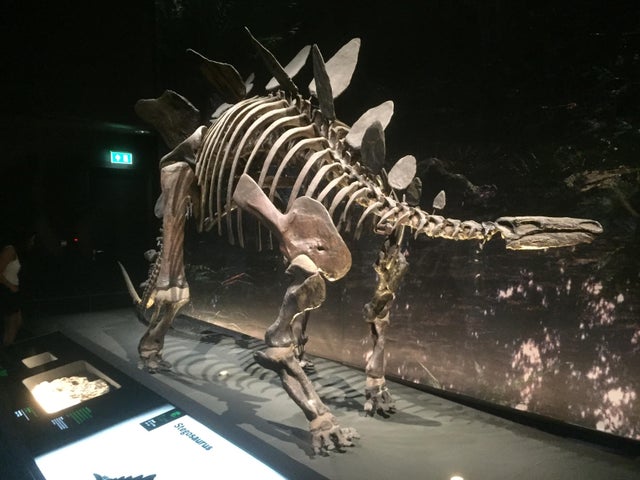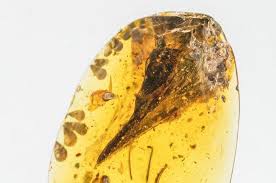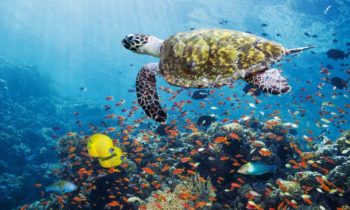
old kangaroo truly realized how to bite the view.
Sthenurine kangaroos, additionally called “short-confronted” kangaroos, are wiped out at this point. However, these marsupials lived in Australia around 42,000 years prior. Also, in contrast to current kangaroos, they had short noses, ground-breaking jaws and teeth and skulls worked for an extreme, weighty eating regimen.
Rex Mitchell, an analyst of sustaining biomechanics and skull shape at the University of Arkansas, made an advanced model of a skull having a place with one terminated animal varieties, Simosthenurus occidentalis, to test the chomp power. His investigation distributed Wednesday in the diary PLOS ONE.
Past research concentrated on the ground-breaking jaws having a place with the animal groups. Mitchell recommended that the skull would should be strengthened against the result of biting extreme, woody nourishment with a solid nibble power.
With their short noses, they looked more like koalas in the face than current kangaroos. These marsupial herbivores veered from kangaroos and wallabies 15 million years prior. Today, their nearest living relative is the grouped hair wallaby.
Simosthenurus occidentalis could gauge 260 pounds.
“They developed to their bigger sizes autonomously of cutting edge kangaroos,” Mitchell said. “They would have appeared to be very unique to cutting edge kangaroos – by and large they had an all the more heavy body, long solid arms with long getting a handle on fingers, numerous species had just a single huge toe on each foot, and a few, including this animal varieties contemplated here, had box-molded heads that looked increasingly like a koala’s.”
Mitchell’s reproductions utilizing the computerized skull demonstrated that the cheekbones gave an establishment to muscles to avoid jaw separation and the front and top of the skull made a curve to avert any contorting during biting.
Adjusting to eat extreme sustenance helped the kangaroos endure, eating things that different species proved unable. It’s like other present day species also, Mitchell said.
“The skull of the terminated kangaroo contemplated here varies from those of the present kangaroos from numerous points of view a monster panda’s skull contrasts from different bears. Along these lines, it appears that the peculiar skull of this kangaroo was, in a useful sense, less like an advanced kangaroo’s and increasingly like a goliath panda’s,” Mitchell said.
Their shorter nose was likewise part of the adjustment. Mitchell’s past research demonstrated that the absence of a long nose enabled the kangaroo to utilize increasingly effective muscle power behind its nibble.
The kangaroos would need to eat low-nourishment, intense sustenances during environmental change. In contrast to present day kangaroos, Simosthenurus didn’t eat on grass. Rather, it utilized its long arms to peruse by going after leaves, twigs, tree limbs and bushes. At the point when the atmosphere was hotter and wetter, they presumably had their selection of blossoms, foods grown from the ground leaves, Mitchell said.
“Nonetheless, when frosty cycles kicked in and efficiency dropped, a capacity to devour less alluring peruse, for example, thicker, woodier branches, may have helped them to endure drawn out icy periods,” Mitchell said. “Short-confronted kangaroos could endure on thick and woody, low quality vegetation now and again of low profitability, for example, during dry seasons, and delayed cold periods and related mainland drying. The capacity to expend portions of plants that different herbivores of the time couldn’t would have offered them an aggressive edge when challenges were out of hand.”
While there’s no legitimately known reason for their eradication, past research has proposed that adjustments in atmosphere and chasing by people could have prompted their inevitable downfall.
Disclaimer: The views, suggestions, and opinions expressed here are the sole responsibility of the experts. No Opinion Bulletin journalist was involved in the writing and production of this article.



